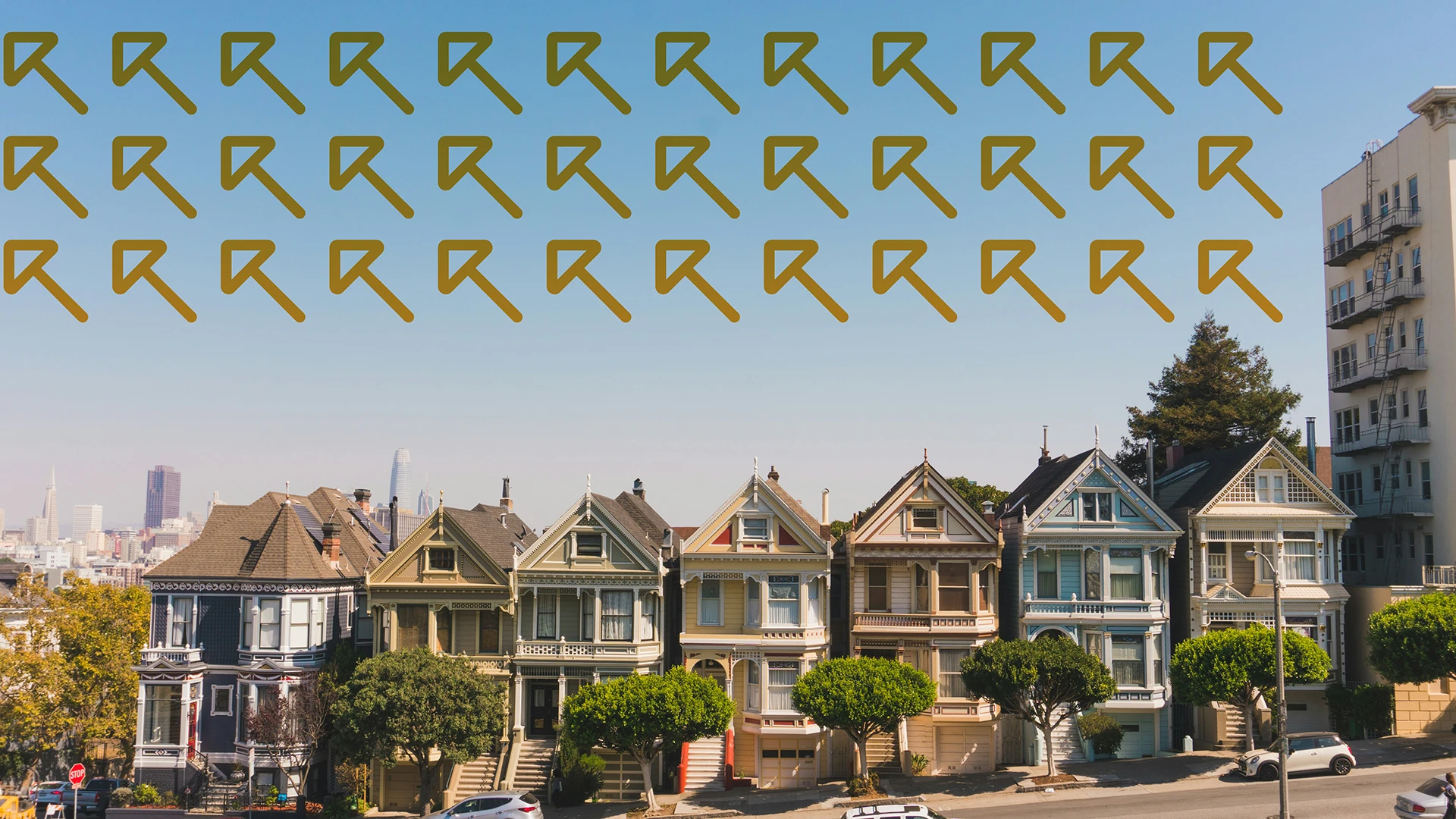At Ramey, we have deep roots in the home category and constantly keep a pulse on the industry landscape. Moving into the second half of 2024, while the home market faces big challenges, it also has the promise of optimistic opportunities. Experts are saying, ‘Survive to 2025,’ emphasizing that 2024 has not gone as anticipated, but there is opportunity on the horizon.
The economy has taken a hit as we have seen, and personally experienced, with an increase in the cost of consumer goods. Many of the low and middle income households are having a “watch and wait” mindset, as they are not willing to pay more for “non-essential” or “luxury” products during hard times. However, Affluent Americans are reaping the rewards of soaring prices for stocks and houses, still spending at healthy rates and driving some of the economy’s demand.
Home prices hit a record high with the median home cost being $418k, a 55% increase since February 2020. People are sitting tight in their current home as they wait for the market to soften and prices to come down. People who need or desire change in their current living situation are looking to “grow in place,” investing their money into renovations. This proves an opportunity for home brands and designers to tailor their products and services to support the growing renovation market.
Even amid economic pressures, the competitive landscape continues to widen in the home category, with both established and emerging brands diluting market share and intensifying the battle for customer loyalty. 36% of consumers are trying new brands and 33% are using a different retailer, store, or website in their shopping. Gen Z and high earners are most prone to switching brands. At Ramey, we are navigating the stagnant market and gaining momentum for our clients by focusing on strategic brand positioning and focusing on our clients’ competitive advantages that meet real customer needs.
Looking ahead, wellness and sustainability continue to be key emerging trends in kitchen and bath design. A recent NKBA study shows that 51% of industry professionals prioritize sustainability, with that number expected to rise in the next two years. Despite homeowner buy-in challenges for wellness products, they do have a growing interest in purchasing sustainable products that improve their family’s health and well-being. As demand for sustainability rises, brands should seize the chance to differentiate themselves by embracing these values.
Additionally, digital transformation continues to influence consumer engagement. Personalized marketing strategies are becoming essential as people turn to online shopping. Brands must enhance their digital presence through targeted campaigns and robust consumer interaction to stay relevant at each step of the customer journey.
Despite the decline in consumer purchases in 2024, we are optimistic about 2025 and what the future will hold for the home industry.
Resources:
NKBA
Deloitte
Architectural Digest
Forbes
Business of Home
Mckinsey
Axios



